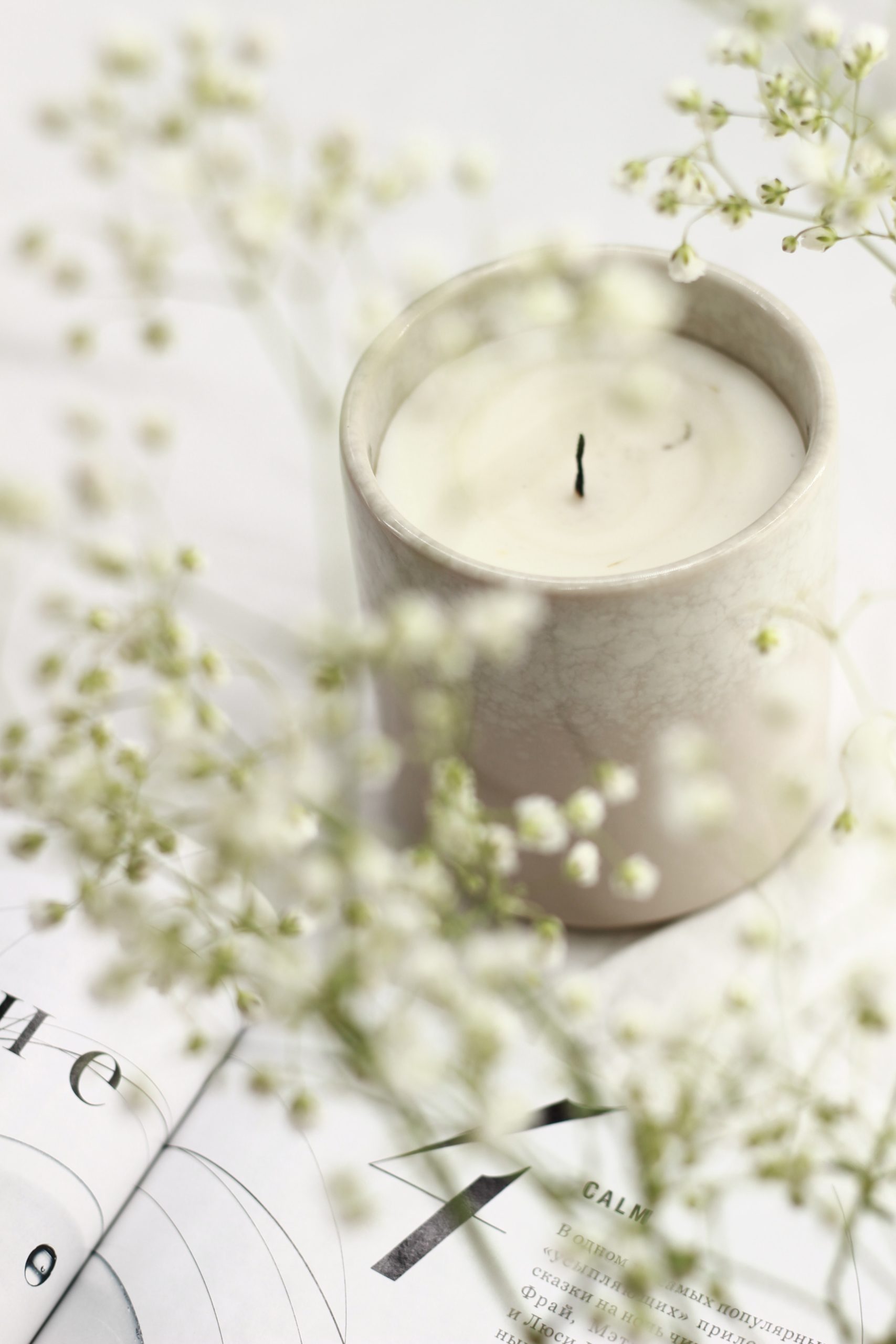Hidden benefits in the scents of the holidays
Hidden benefits in the scents of the holidays
In the US, you know that winter holidays are coming when pine-scented, cinnamon, clove and peppermint candles and essential oils come out. Besides giving a fresh, yet cozy scent to your home, each of these have hidden benefits in their chemistry.
Pine oil (which emits a concentrated fragrance due to the terpenes it contains) has many health benefits. Primarily, the terpenes (which are biogenic volatile organic compounds or BVOCs) are phytoncides. Phytoncides are aromatic compounds from plants which can increase your number and activity of natural killer cells, a type of white blood cell that supports the immune system and is linked with a lower risk of cancer (see our article about why it’s good to take walks in the forest!). These BVOCS produced by the pine tree include α-pinene and α-phellandrene, both have which have shown to have anti-inflammatory properties and anti-cancer properties when inhaled and d-limonene and p-cymene phytoncides, which have shown to specifically act against allergic lung inflammation too. (How Pine Can Benefit Your Respiratory Health)
Hinoki cypress, cedar, oak, pine and spruce are just some of the trees to release phytoncides. Camphene is a common monoterpene and phytoncide found typically above 10% in many essential oils including white fir, black spruce, hemlock and Engelman spruce. Camphene is noted for its antioxidant and mucolytic properties. It’s similar to camphor; both have a well-known smell that is invigorating and refreshing. (3 Essential Oils High in Terpenes)
Cinnamon scents are synonymous with holiday baking, but did you know that it is also useful in combating mold in your home? The cinnamon sticks you may be familiar with are actually the inner bark of several types of trees, which are rolled into “quills” and dried. Cinnamon powder is made by grinding it and cinnamon oil can also be extracted from the bark. You can use cinnamon essential oil diluted in water to clean small patches of mold and mildew from surfaces, or place it in a diffuser to combat airborne mold spores. Cinnamon powder can be sprinkled or mopped onto floors to fight mold, or used as a paste to clean surfaces (beware that it can stain however). Boiling cinnamon sticks in water gives a double benefit; besides making your home smell lovely, the water will become more concentrated with cinnamon liquid, which can be added to your cleaning solutions as well. Check out this helpful article for more tips on using cinnamon. Scientists are also exploring use of the leaves; there were 16 compounds found in the active fraction of cinnamon leaf extracts and 3 dominant compounds that are anti-fungal compounds. (Antifungal Activities Of Cinnamon Leaf Extracts Against Sigatoka Fungus (Pseudocercospora Fijiensis))
Growing up, my family used to stick cloves into oranges to make pretty scented holiday decorations. These little sticks actually come from the flower buds of the clove tree, which primarily grows in Indonesia. Clove oil has so many uses! It has a strong, earthy smell, which are the BVOCs. It is antibacterial, antiviral and antifungal, and can be used in throat sprays and oral hygiene, as an analgesic to relieve nerve pain, infused into syrups, honey or vinegar or in a diffuser to reduce airborne mold and microbes. (5 Health Benefits Of Clove Oil You Need To Know) It’s also a dermatological fungus-buster: both clove essential oil and its volatile vapor strongly inhibit spore germination and mycelial growth of dermatophytic fungi (fungi that require keratin, a protein in hair, skin and nails, for growth). The volatile vapor of clove essential oil showed fungistatic activity whereas direct application of clove essential oil showed fungicidal activity. (Antifungal Activity of Clove Essential Oil and its Volatile Vapour Against Dermatophytic Fungi)
Menthol is the monoterpenoid in peppermint that gives that fresh smell and taste. The high menthol content in Peppermint make this essential oil excellent for diffusion and inhalation to reduce congestion and clear the airways. It is one of the best essential oils for colds, flu, bronchitis and asthma, with studies showing that Peppermint oil is rich in compounds that are anti-microbial, antiviral and antibacterial. It can also help with seasonal allergies, helping to unclog the sinuses and clear pollen out of the nasal passages. (Peppermint Benefits) Peppermint oil is a key ingredient in many natural pesticides and pest deterrents, because insects hate the smell! Spray peppermint oil around your home to repel ants, spiders, mosquitoes, roaches, ticks, and even mice.
You can also apply peppermint oil directly on the skin as a natural bug repellant (if you have sensitive skin, you can use a carrier oil). Peppermint oil is a natural antifungal, antimicrobial, and antiviral. Spray it over countertops, especially in bathrooms, and kitchens. (20 Uses For Peppermint Essential Oil) Check out this natural floor and surface cleaner using essential oil–my favorite is peppermint oil to give a fresh scent to all surfaces!
1-¾ cups TotalClean Concentrate
⅛ cup rubbing alcohol
⅛ tsp dish soap
5-10 drops essential oil (optional)
These are only some of the hidden benefits of the scents we associate with winter and holidays…you might want to research your other favorites to find new uses for them in your health regime and home!
Photo by Anastasia Anastasia on Unsplash

